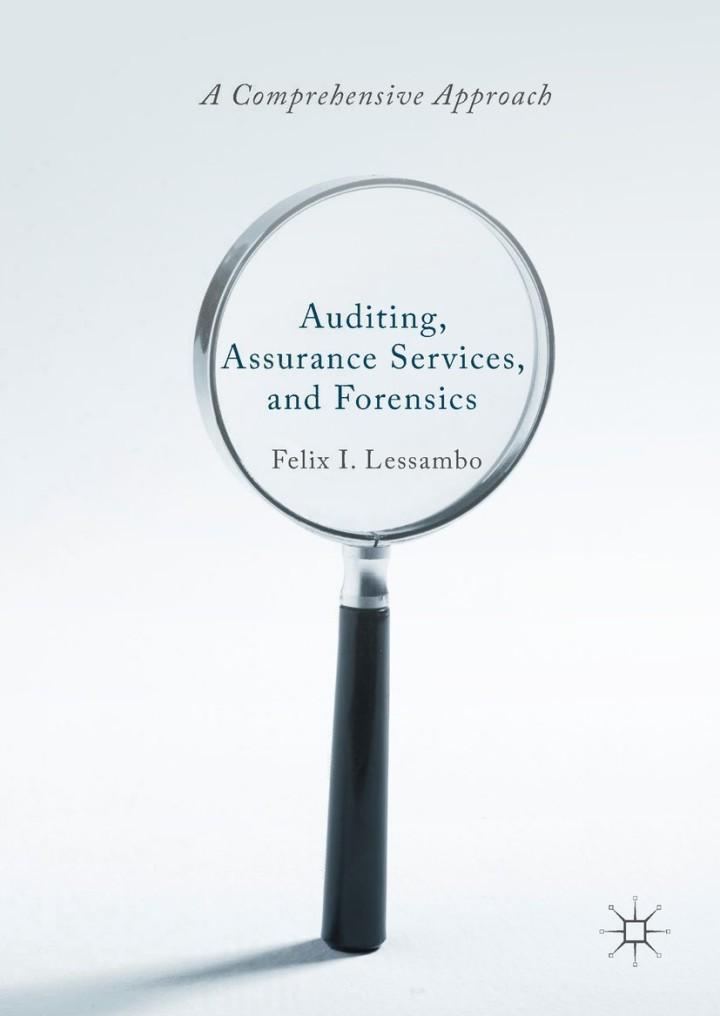



Velocity Curves Calculus tells us that the area under a curve can help us calculate many things, including the total distance traveled by a moving object. Cars are equipped with instruments to measure both position and velocity (see image below). Recording mileage from the odometer gives position while the speedometer shows instantaneous velocity. In this project, you are going to test the notion that the area under a velocity curve equates to the total distance traveled, and show that area under a curve can be approximated in a variety of ways. 60 80 40 MPH 100 80 | 120 20 160 120 200 140 km/h 40. o F 18 PUSH TRIP E In this image, the trip odometer shows the car has traveled 1,282.9 miles. The current speed (in miles per hour) is 0. Directions Complete each of the following tasks, reading the directions carefully as you go. Be sure to show all work, including inserting images, where indicated. You will be graded on both the answers you determine and the work you show. So, be sure to show all your work and answer each question as you complete the tasks. Type your work into this document or print the document and show your work by hand. Then, submit it to your teacher for a grade. For this project, you are expected to submit three things: 1. A chart showing the data you have collected 2. A graph, either created by hand or generated using a computer 3. Answers and all associated calculations and justifications to the questions in this student guide (show all work to receive full credit) Student Guide (continued) Your teacher will give you further directions about how to submit your work. You may be asked to upload the document, e-mail it to your teacher, or print it and hand in a hard copy. Now, let's get started! Project: Analyzing Driving Data Step 1: Prepare for the project. Read the entire Student Guide before you begin. If anything is unclear, be sure to ask your teacher for assistance Step 2: Collect data. Cars are equipped with instruments to measure both position and velocity. Recording mileage from the odometer gives position while the speedometer shows instantaneous velocity. In groups of three, go for a 14-minute drive. The designated driver's only job is to drive. The choice of the type of course is up to you, but should include a variety of driving conditions. The other occupants of the vehicle will collect and record the data needed to complete the project. NOTE: If you are unable to collect the data with classmates, you may have parents, guardians, friends, or family members help you. If that is not possible, ask your teacher to provide you with data. To collect the data, follow these instructions: a) There should be three people in the car. One person (the Driver) is only responsible for driving and should not attempt to help with any other duties. Another person (the Timer) will watch the timer and call out speedometer readings. The third person (the Recorder) will record the data. b) At the start of the 14-minute time interval, set your trip odometer to zero. Alternatively, you can record the exact odometer reading. c) Don't start the 14 minutes when you start the drive. Instead, wait until the car is moving well. At this point, the Timer will start the timer and call out the speed, while the Recorder will write down the speed in the space by time zero. d) The Timer will call out speedometer readings at one-minute (on-the-minute) intervals. e) The Recorder will record the time and velocity data at each interval on the chart below. f) Between speedometer readings the recorder should make notes about the traffic conditions (stop and go, steady, etc.). g) At the end of the 14 minutes, record the exact odometer reading. Beginning odometer reading: Time (min) Speed (mph) Traffic 0 30 Stop and Go 1 39 Stop and Go 2 9 Heavy Traffic 3 45 Steady 4 42 Steady 5 0 Stoplight 6 31 Stop and Go 7 45 Steady 8 48 Steady 9 46 Steady 10 0 Stoplight -- 11 52 Highway 12 0 Stoplight 13 55 Highway 14 50 Highway Ending odometer reading: 8.2 Step 3: Create a graph. Create your velocity graph by plotting your data points. This should be neatly done on graph paper or on a computer. Step 4: Analyze your data. a) Approximate the distance you travel using 14 left or right rectangles. All formulas and calculations must be shown. b) Approximate the distance you travel using 7 midpoint rectangles. All formulas and calculations must be shown. c) Approximate the distance you travel using 14 trapezoids. All formulas and calculations must be shown. d) Find the error between each approximation and the actual distance traveled. Which approximation is closest to the actual distance? Is there a more accurate way to compute the distance with the velocity graph? Explain










